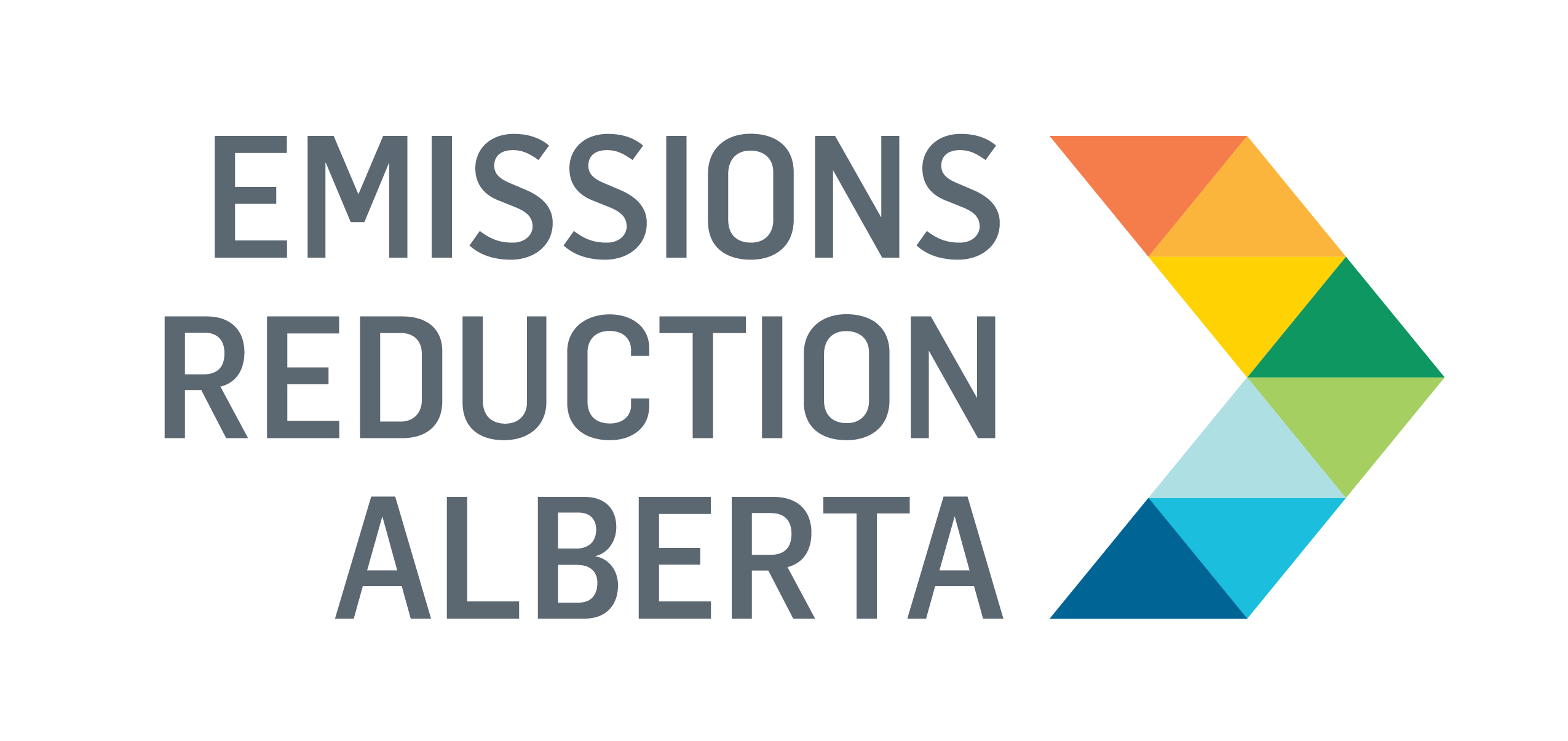Project Overview
Approved for funding through Round 2 of ERA’s Grand Challenge: Innovative Carbon Uses in 2017, CarbonCure optimized, demonstrated and scaled their portfolio of carbon utilization technologies to reduce emissions in the concrete sector. By project completion in 2019, deployment of the technologies resulted in significant opportunities for learnings, and CarbonCure advanced to the third and final round of the Grand Challenge.
Portfolio of CCUS Technologies that Sequester Post-Industrial CO2 into Concrete
CarbonCure Technologies developed a suite of made-in-Canada CO2 capture, utilization, and storage (CCUS) technologies that introduce post-industrial carbon dioxide (CO2) into concrete during production. The introduced CO2 reacts to form calcium carbonate, which is locked into the concrete as a solid material. Sequestration of CO2 in concrete materials aims to lower the CO2 footprint and water intensity of concrete production.
The method to integrate the carbon dioxide into the various production or treatment processes differs between the CCUS technologies, although the chemical reaction is similar across the CarbonCure portfolio. In the masonry and ready-mix application, the carbon dioxide reacts with freshly hydrated cement. In reclaimed water and recycled concrete applications, the carbon dioxide reacts with hydrated cement. In each case, the CO2 is mineralized to form calcium carbonate using seeds or coating processes.
This project worked to optimize and refine the technologies, business model, and value proposition. As well as introducing new digital processes to enhance efficiency and carbon reduction.
Improving and Optimizing CarbonCure Technologies
During the project, laboratory and field work led to improvements to the technology hardware and software, such as enhancements to the mixer technology equipment. New software to monitor installed CO2 injection systems in the field and a customer-facing web portal were developed. Demonstrations and customer feedback enabled value proposition and business model modifications, such as the removal of barriers related to upfront fees and offering a blended fixed/variable pricing fee structure. The project explored additional value chain applications, such as alternative upstream sources of CO2 and downstream uses of CarbonCure concrete in a paving application. Overall, the project contributed to CarbonCure’s understanding and development of the technologies.
What’s next?
A follow-on project was executed in Round 3 of the Grand Challenge, where CarbonCure included additional efforts to integrate approaches across the value chain. Through this deployment of the technologies, resulted additional opportunities for lessons learned. While deployment to date has been limited in Alberta, CarbonCure has found lots of their success in the United States, with notable projects at the Amazon headquarters and General Motors manufacturing facility. As of 2025, CarbonCure technologies operate across hundreds of concrete plants in more than two dozen countries.
